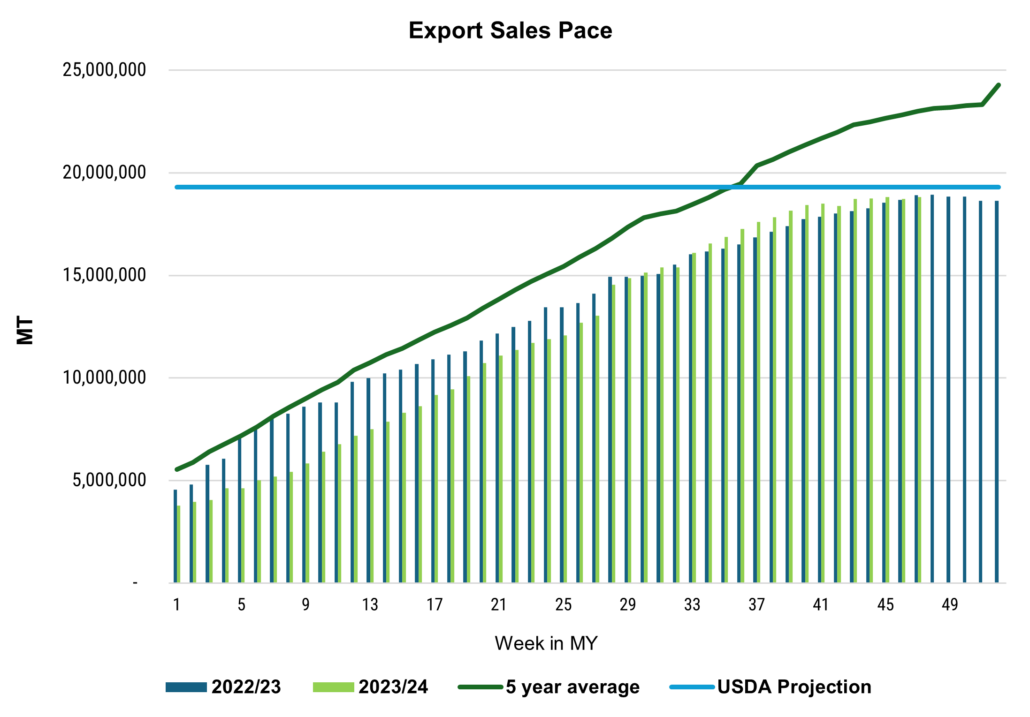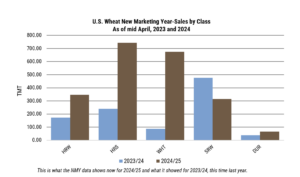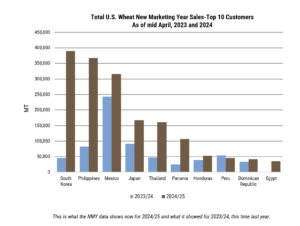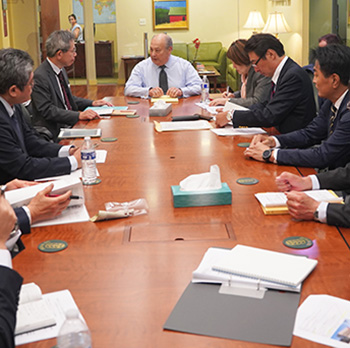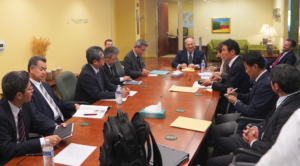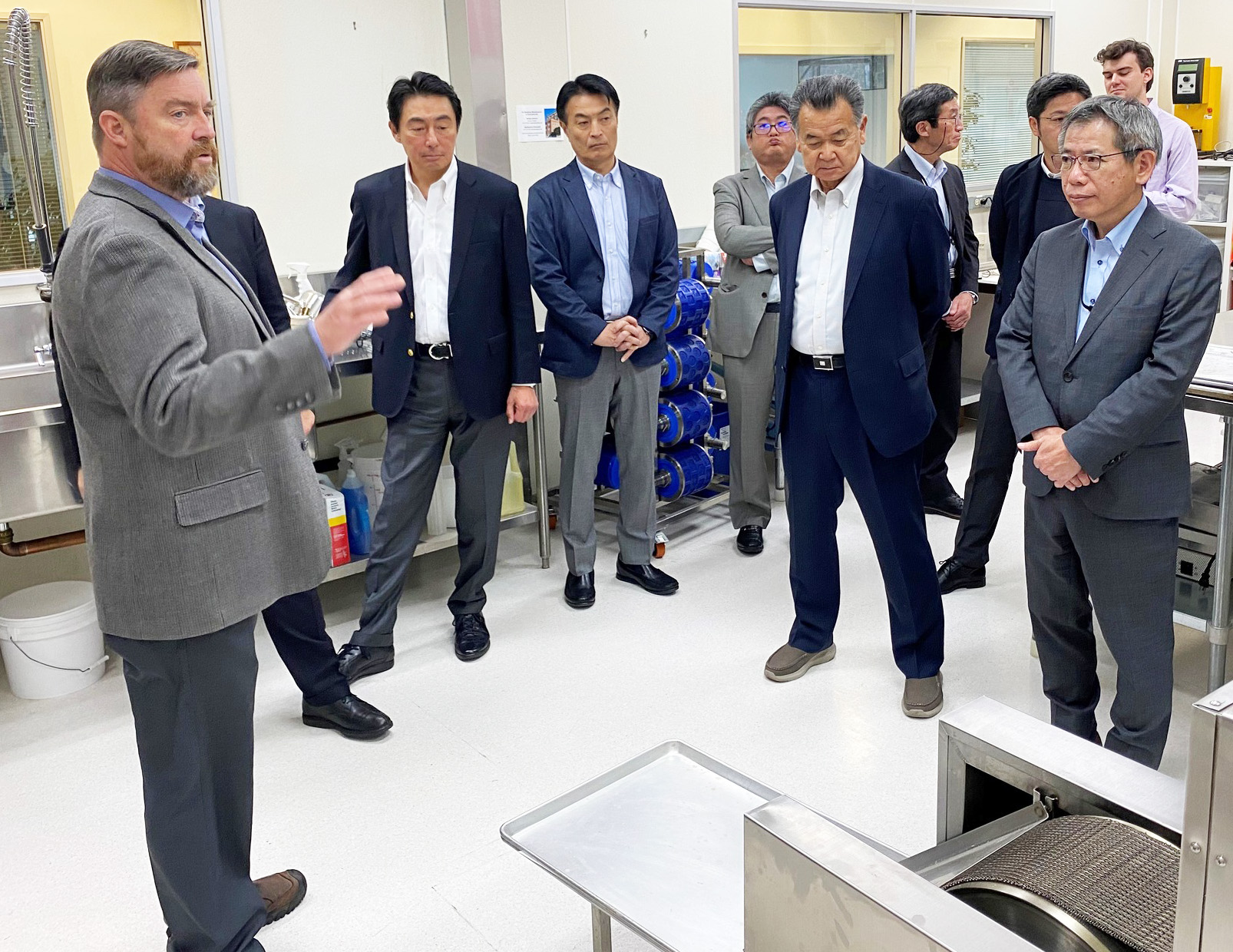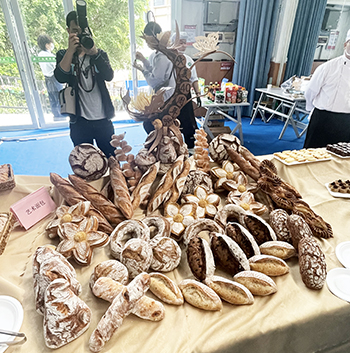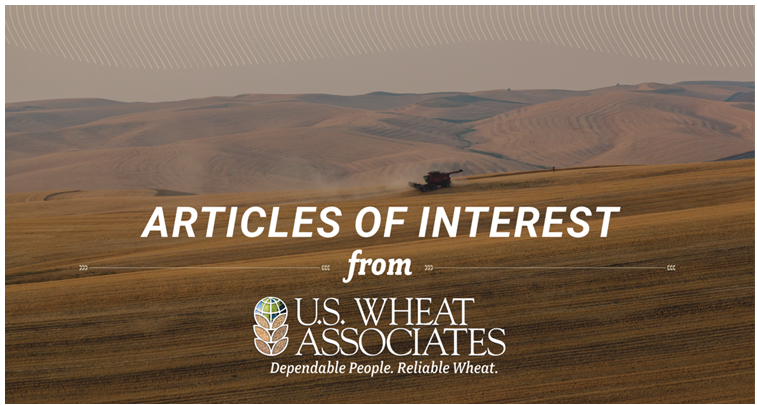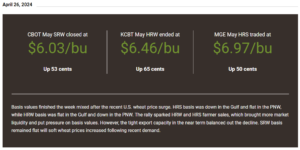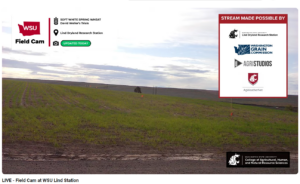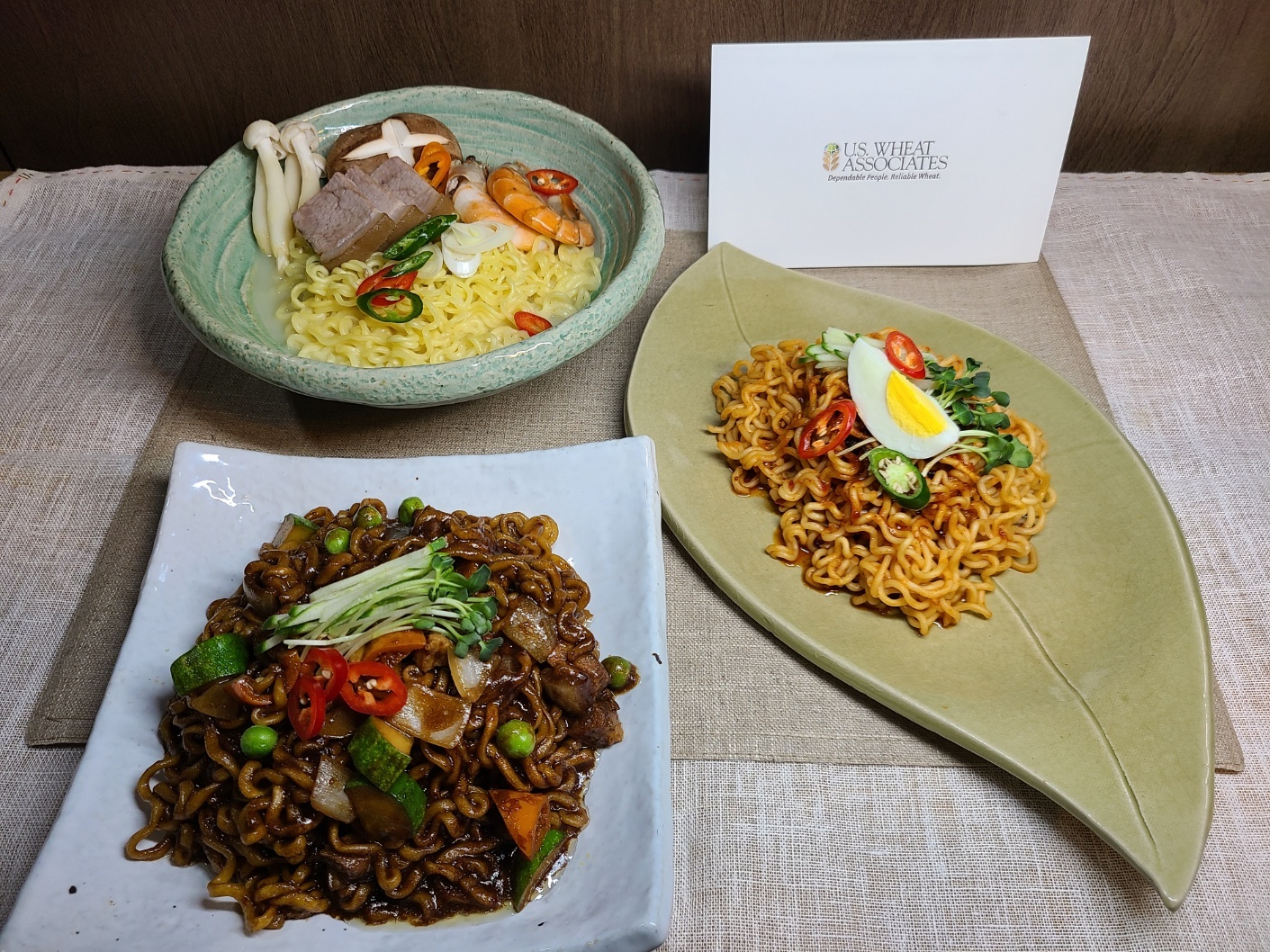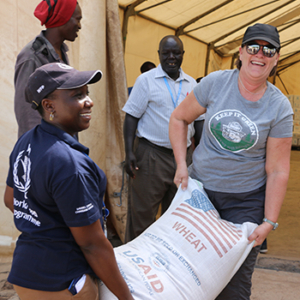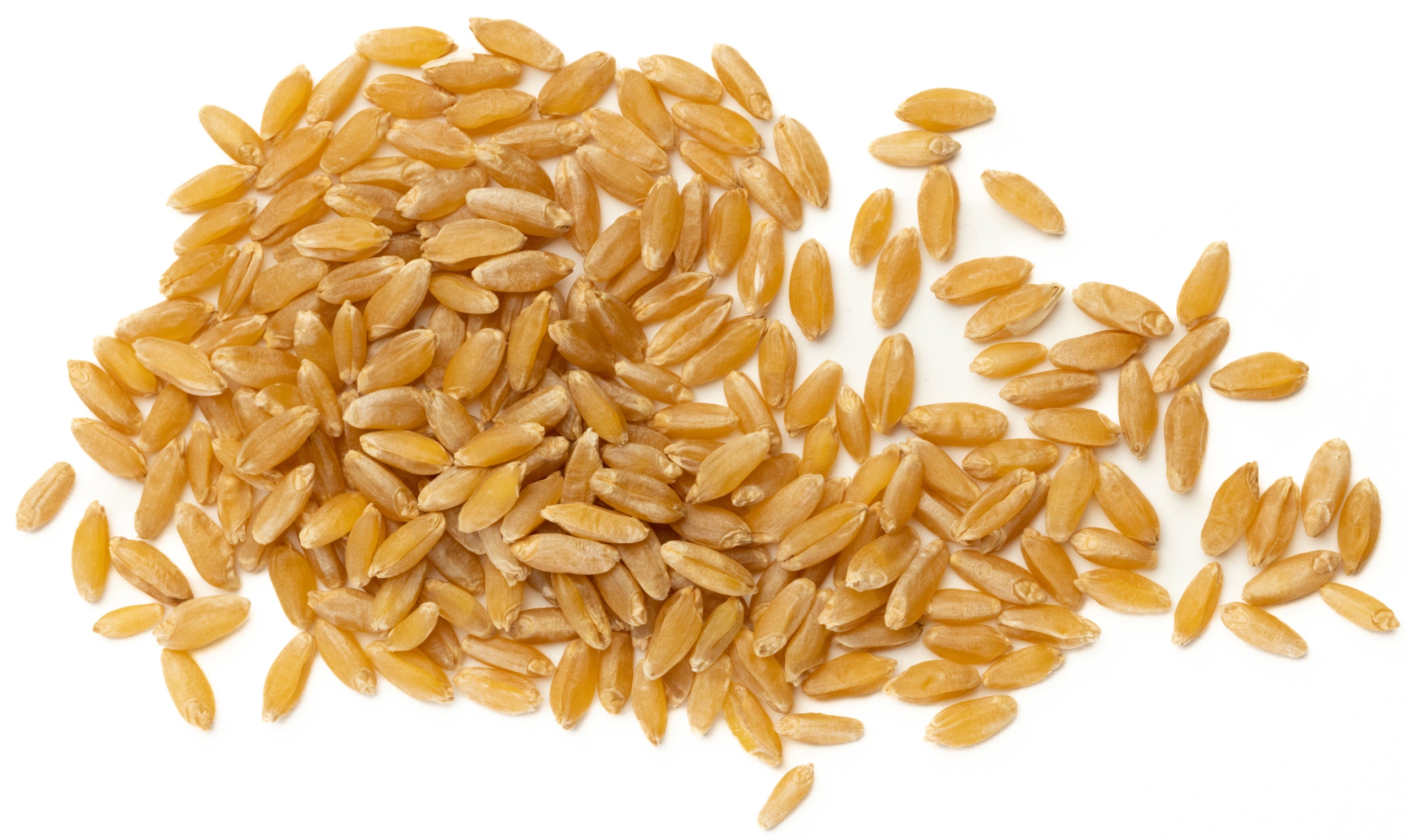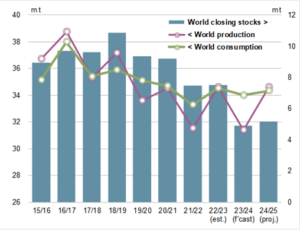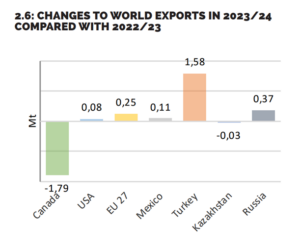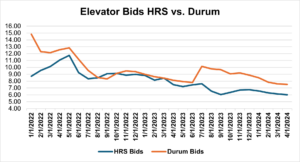
U.S. Wheat Associates (USW) Regional Vice President Jeff Coey addresses faculty, former students and professionals from the baking industry during the 40th anniversary of the Sino-American Baking School.
An investment made by U.S. wheat growers four decades ago continues to develop into a partnership that benefits both the American wheat industry and the Chinese baking industry. The Sino-American Baking School (SABS), formed in 1984 by U.S. Wheat Associates (USW) and a local grain bureau in China, is playing a key role in the growth of the Chinese baking market.
Its mission is to provide baking vocational training to students from Guangdong Province.
“My predecessors and the predecessor boards saw the potential of the market and invested in the school,” said USW Regional Vice President Jeff Coey. “It was a very wise decision and over the years the partnership between USW and the school has been something wheat farmers in the U.S. can really be proud of.”
U.S. Wheat Farmers Help Celebrate
A team of U.S. wheat farmers was able to attend the recent 40th anniversary celebration in Guangzhou. The school recognized members of the USW Vietnam-China Board Team.
“The growers present were able to witness both the gratitude and sincere appreciation of the instructors and former students and have person-to-person contact with them,” said Coey, who spoke at the anniversary celebration. “The U.S. Wheat Board Team reaffirmed the support of U.S. growers to the ongoing training work of the school and awarded a gift to the school’s leadership for furthering the cause of wheat flour education in China.”
North Dakota farmer and USW Secretary-Treasurer Jim Pellman, who was part of the Board Team, made the presentation.
“As a wheat farmer, we know how important educating bakers and future bakers around the world is to our efforts to export U.S. wheat,” said Pellman. “It was good to meet both the teachers and the students, and to see how interested they are in the wheat they use to make baked goods in the market. It is a valuable partnership we have.”
Along with Pellman, the USW Board Team included Minnesota wheat farmer Mark Jossund, Maryland wheat farmer Jennie Schmidt and Luke Muller, Assistant Director of the USW West Coast Office in Portland. While in the Guangzhou market, the team was able to visit local bakeries to learn about end products that are favored by consumers.

This photo shows attendees of the 40th anniversary of the Sino-American Baking School (SABS), which has played a key role in the growth of the Chinese baking market.
Students, Bakers Return to School
At the SABO celebration, the team rubbed elbows with U.S. government officials in China, leaders of the country’s milling and baking industry, and friends of the school.
Philip Zhou, a USW Senior Advisor and former director of the school, coordinated an effort to bring the school’s alumni together and to meet the USW Board Team at a gala dinner. At least 30 former students returned from all corners of China to praise the school and give testimonials about how it helped their professional development and careers.


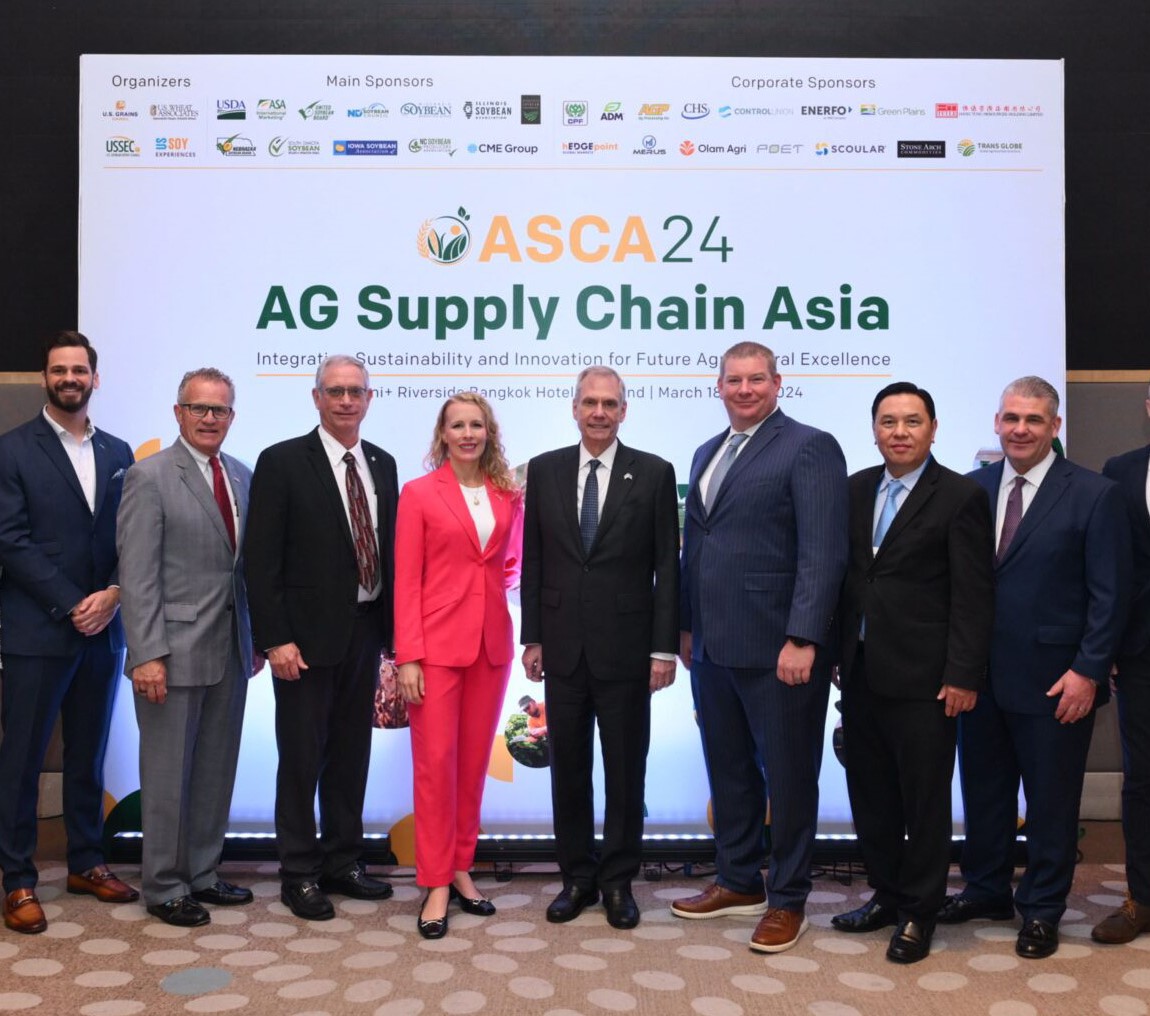
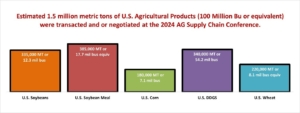
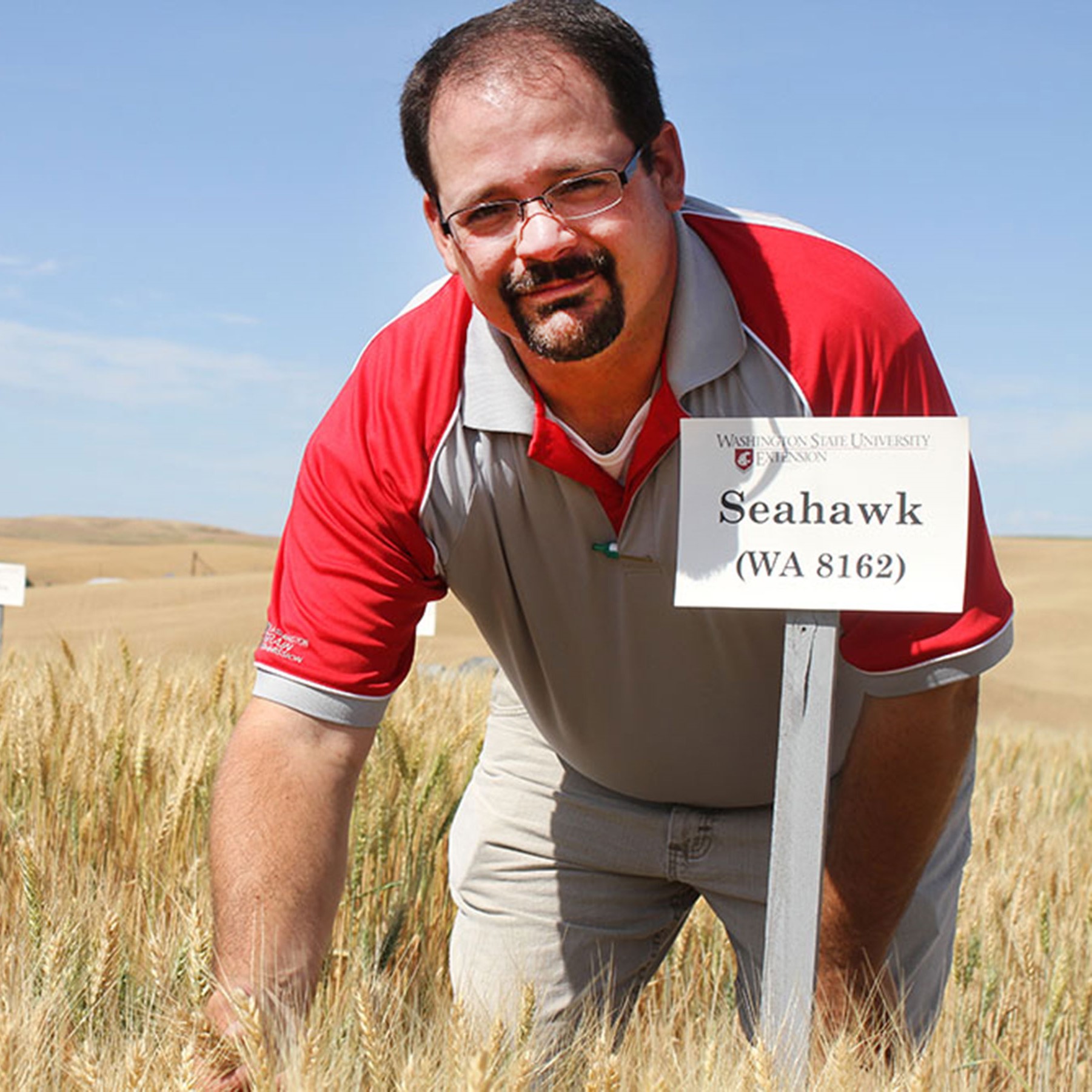

 Peter Laudeman, Director of Trade Policy, is interviewed at NAFB Washington event.
Peter Laudeman, Director of Trade Policy, is interviewed at NAFB Washington event.
